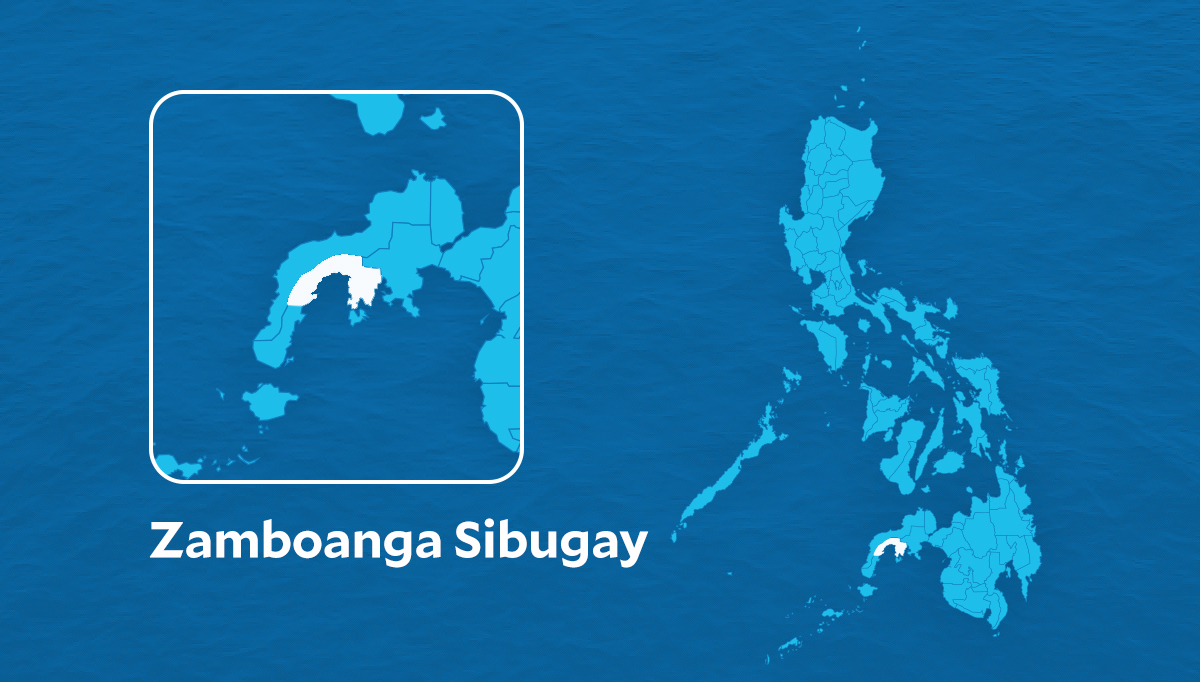
Inquirer files
ZAMBOANGA CITY, Philippines — Residents in at least 12 villages in the town of Tungawan, Zamboanga Sibugay are still prohibited from gleaning or harvesting shellfish in the shallow coastal areas of Tigbucay Bay.
Salem Pitong, the fishery technician of Tungawan, explained that “even if the seawater is somewhat clear, we don’t have yet the official findings from the laboratory that the seawater is clear of red tide.”
He said residents especially those whose livelihoods depended on gleaning and selling shellfish are affected and have been asking the local government if there’s clearance for them to resume.
READ: BFAR raises red tide warning in coastal towns of Bohol, Zamboanga del Sur
“They wanted to glean because the sea is quite clear now (and) there was no report of villagers eating shellfish who got poisoned or paralyzed, but we just wanted to make sure they are safe,” Pitong explained.
Pitong said the seawater turned red last July 18. “Days before it turned red, we experienced heavy rainfall, we thought it was just flood water that seeped and mixed with the seawater, but the color stayed until July 19.”
READ: BFAR: 6 coastal areas in Visayas, Mindanao test positive for red tide
He said they took shellfish samples in Tigbucay Bay for laboratory examination and they came out positive for red tide.
In an advisory provided by Christopher Ignacio, the executive assistant of the Office of the Director, Bureau of Fisheries and Aquatic Resources, on August 3, it was confirmed that two areas in the Zamboanga Peninsula were positive for paralytic shellfish poison.
These are Dumanguilas Bay in Zamboanga del Sur and the coastal waters of Tungawan, Zamboanga Sibugay.
Based on the bulletin released by Isidro Velayo Jr., officer-in-charge of BFAR, the toxin level collected from the samples in the said area is more than six times the normal level hence it urged the public “to refrain from eating, gathering, harvesting, transporting, and marketing shellfish from Tungawan until such toxicity has gone down.”
Velayo assured that the “fish harvested from the area are safe for human consumption, provided they are fresh and washed thoroughly, and internal organs are removed before cooking.”
Pitong said the affected families in 12 barangays already received relief assistance from the local government.
The 12 affected barangays in Tungawan are Baluran, Masao, Libertad, Tigbanuang, Taglibas, Looc Labuan, Linguisan, Tigbucay, San Vicente, Santo Niño, Tigpalay, and San Pedro.